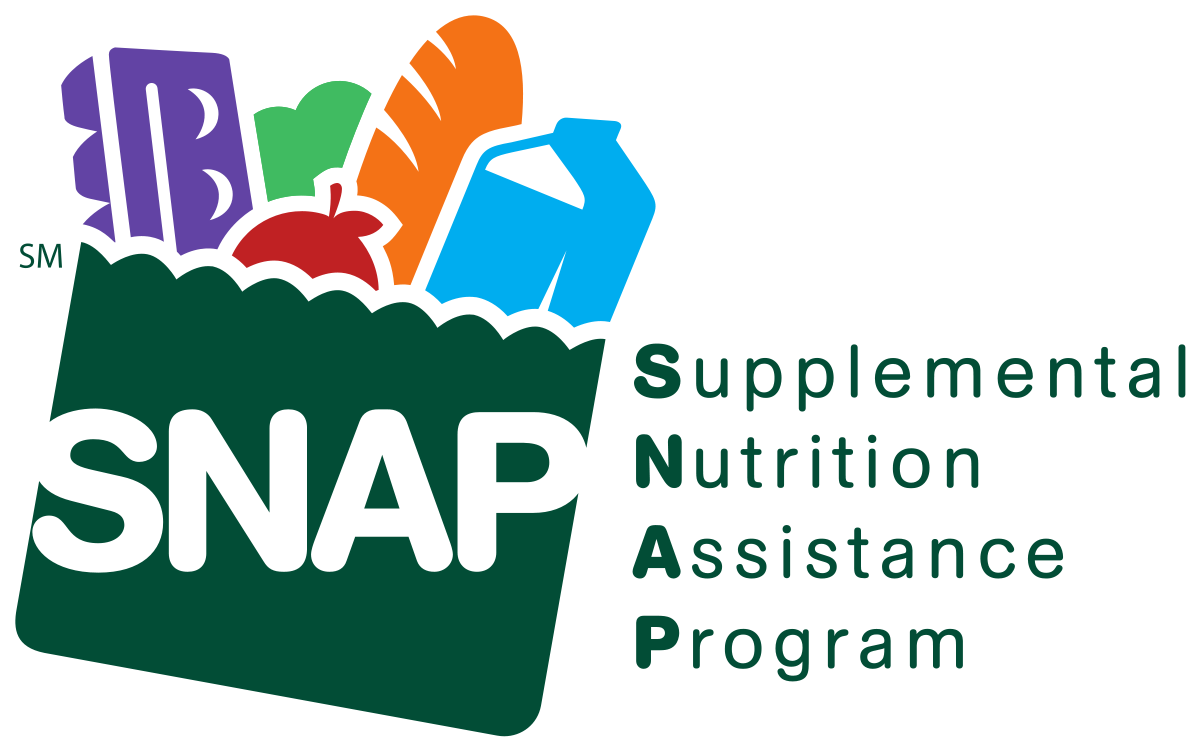Beginning in March, 32 states are set to cut SNAP benefits, reports CBS News. Over 30 million people enrolled in SNAP will be impacted.
The benefit reductions will also affect California and Texas, two states with the largest number of participants enrolled, with 5.1 million and 3.6 million, respectively.
The reductions are due to the end of “emergency allotments,” which supported the program at the start of the COVID-19 pandemic. The cuts come at a time of increased inflation when the U.S. struggles with high food costs.
"This hunger cliff is coming to the vast majority of states, and people will on average lose about $82 of SNAP benefits a month," said Ellen Vollinger, the SNAP director at the Food Research & Action Center, an anti-hunger advocacy group. "That is a stunning number."
The average loss is per person, meaning a family of four can lose up to $328 a month.
Many states cite the improving economy as a reason for ending the allotments; however, enrollment in SNAP is at an all-time high, up six percent from 2020. Despite unemployment rates sitting at their lowest since 1969, workers struggle to find work that can cover living expenses.
"What sometimes gets missed in that conversation is the part that so many SNAP households are employed, but often employed at low-wage levels—they aren't in jobs that are family-sustaining so they still qualify for SNAP," said Vollinger.
Food banks indicate they expect increased demand as aid is cut. In states that have already cut assistance, as in Georgia, hunger relief organizations have already seen a demand surge, according to Pew Research. Full Story
Related: Strong Year Projected for U.S. Agriculture; Too Good To Go Enters Miami

